The oldest settlement of Fié allo Sciliar is located on this sunny hill, where significant archaeological finds have been made
Image gallery: Peterbühel
The settlement of Peterbühel is situated on a small, sunny rise. The hill, which towers high above the Valle Isarco valley, is a significant historical site. It is considered the origin of Fié allo Sciliar and perhaps even of the entire Sciliar area. People settled here as early as the Early Bronze Age, several millennia before Christ. Today, the Chapel of St. Peter on the Hill, called St. Peter am Bichl, with its square tower from the 13th century, stands here, set slightly apart amidst the greenery.
Above the door, the crossed keys of St. Peter are visible, and next to them, the coats of arms of the Thun and Firmian families. They are a reminder of Regina von Thun and Katharina von Firmian, the two wives of Leonhard the Elder of Fiè. The ornate winged altarpiece from the 16th century is now on display in the Parish and Archaeological Museum of Fié allo Sciliar.
TThe artefacts from the Peterbichl hill ("Bichl" is the dialect word, and "Bühel" the German term for hill) are on display in the archaeological part of the museum. The interest of archaeologists was first sparked in 1939 by a primary school teacher’s discovery of a female figure made of hammered bronze sheet. The excavations began in the 1950s and were continued in the 1990s.
During this work, ceramic and metal finds were unearthed on the "Heidenbühel" (Pagans' Hill), including the fragment of a fibula from the Late Iron Age, the La Tène period. Although some of the metal objects were documented in drawings, they have been considered lost ever since.
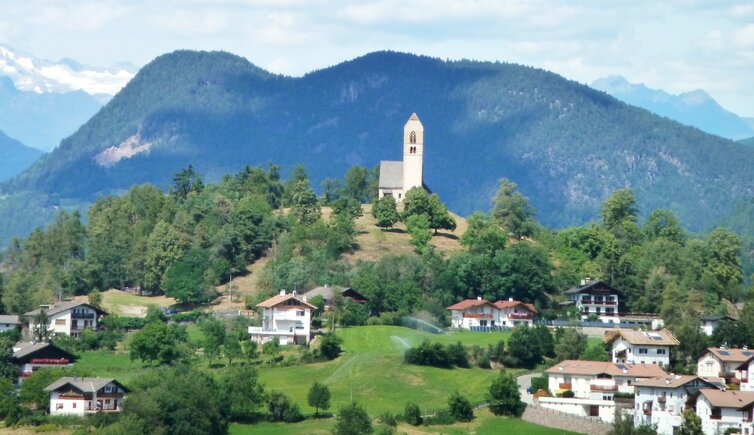

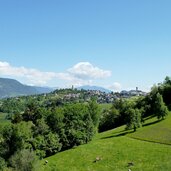
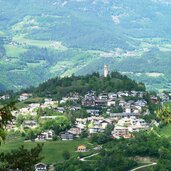
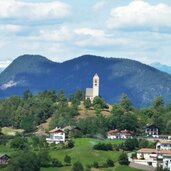

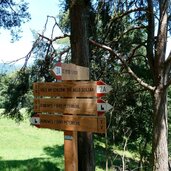
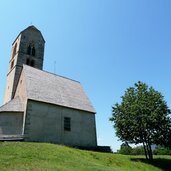
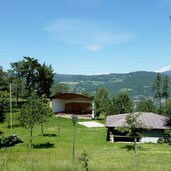
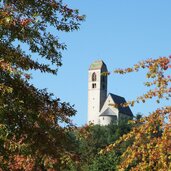
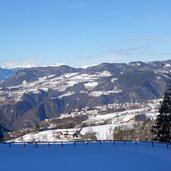
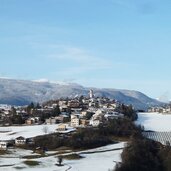
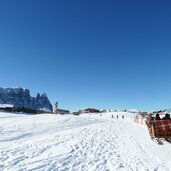








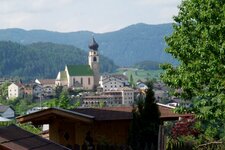


.JPG)





